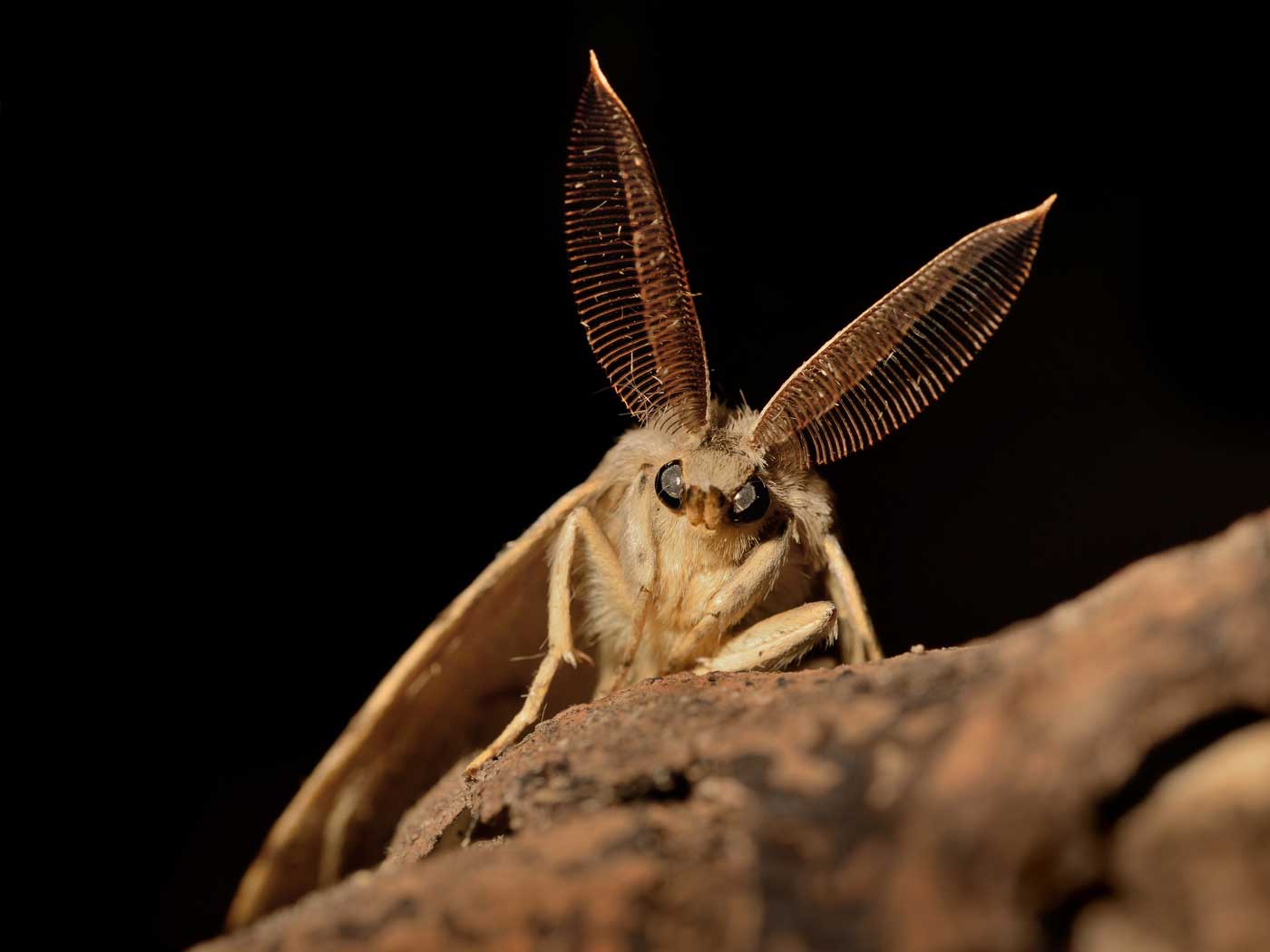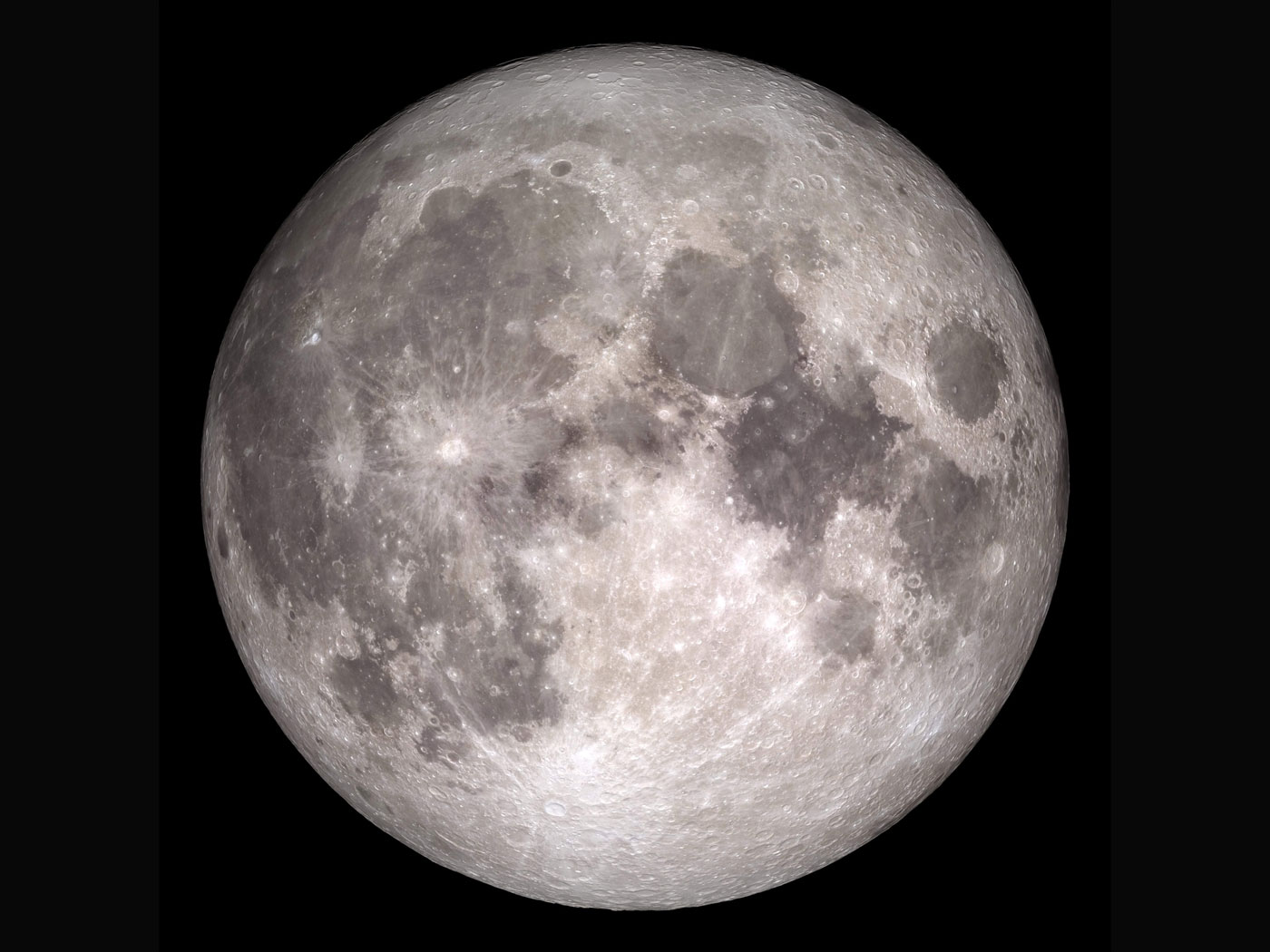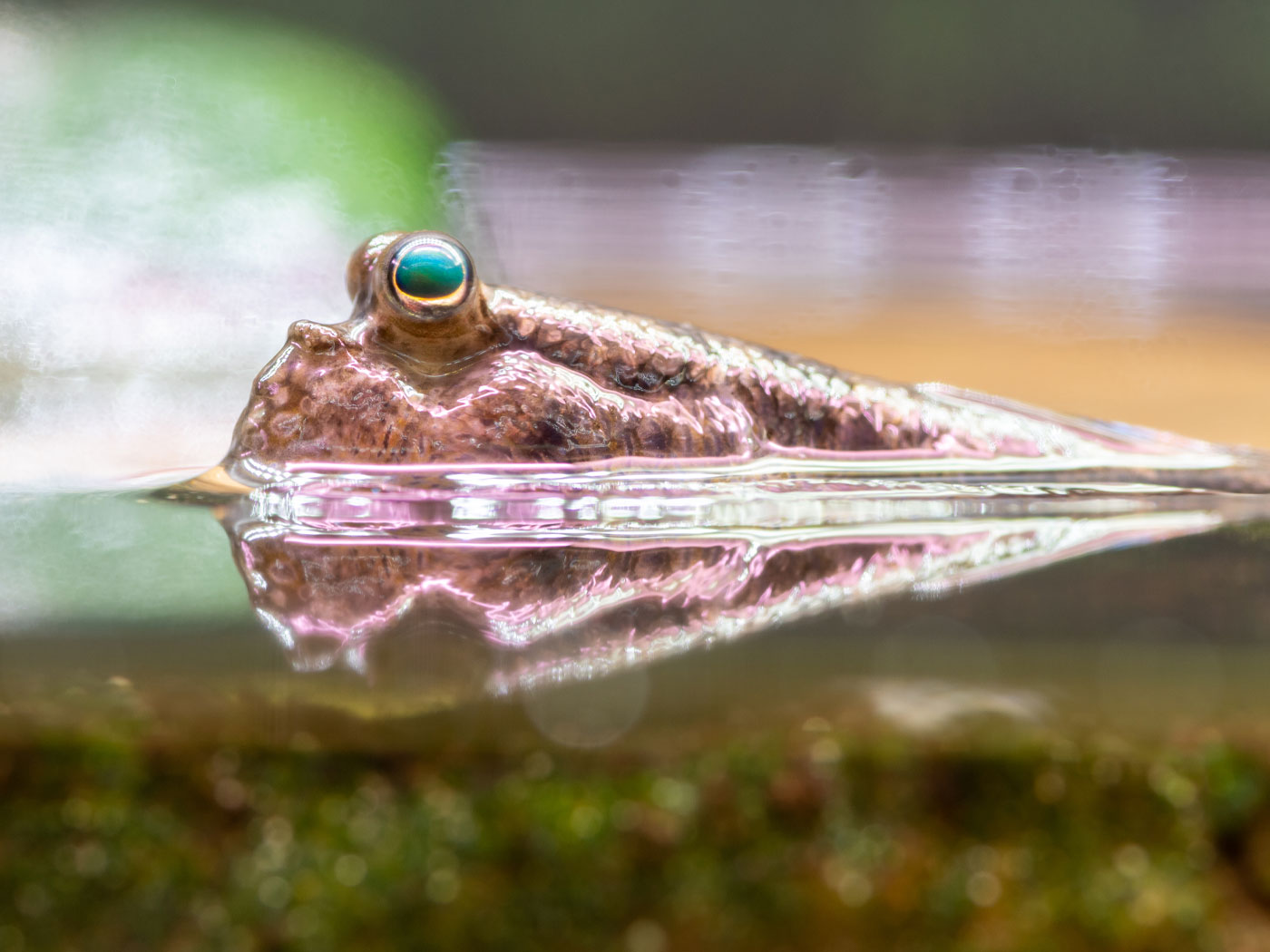According to evolutionary history, all the great varieties of flowering plant kinds descended from the first flowering plant, which itself was a descendant of a non-flowering plant. So somehow, genes containing the "blueprints" needed to construct flowers had to be introduced into the plant kingdom. But how could this have possibly happened utilizing only the laws of nature?
Charles Darwin considered the origin of flowering plants to be an "abominable mystery." Showing no shortage of imagination, researchers have suggested that a process called "polyploidy" supplied extra DNA for "nature" to tinker with and generate all the new genes needed to produce not only the first flower, but also the thousands of different flower kinds known today. Polyploidy occurs when a plant develops and matures with more than one copy of its chromosomes. Some plant cultivars have more than three complete sets of chromosomes stored in each cell nucleus.
In plants, these extra copies can produce visible variations such as petal color differences, but animals do not tolerate polyploidy. Plants can tolerate it because they have fewer tissue types and much simpler connections between organs. Their bodies do not depend on multiple interacting organs and moving parts like jaw joints or pumping hearts. Extra copies of chromosomes totally confuse the blueprints for developing precisely-fitted parts, so that polyploid mammals develop so many abnormalities that they cannot live.
Is the concept that extra chromosomes provided fodder for evolutionary innovation in plants experimentally derived, or is it just wishful thinking? A Science Now article summarizing a recent analysis of flowering plant genes stated, "In plants, [new genes] can come from polyploidy."1 With such a confident, factual-sounding declaration, the reader might never suspect that no new flower gene has ever been observed to form as a result of polyploidy or any other process. The changes that have been observed in plant genes resulted from corruptions of, or at best adjustments to, pre-existing genes.
Thus, the burden of proof lies squarely with those who insist that polyploidy spurs evolutionary innovation. They should provide supportive experimental or observational data to back up their claim.
In the meantime, the fact that plants can tolerate multiple chromosome sets while animals cannot poses another problem for theories of evolutionary origins. Extra DNA copies are supposed to help explain evolutionary innovations in plants, but they are no help in explaining animal evolution. Science Now author Elizabeth Pennisi wrote, "In vertebrates, polyploidy tends to be lethal, but plants can do just fine with all this extra genetic material."1
Indeed, the recent discovery of the first known human with an extra DNA segment on his seventh chromosome illustrates why adjusting chromosome structure in humans…and by extension vertebrates…is harmful to health and fitness. Two-year-old Alfie Clamp was born blind and has "severe disabilities," presumably as a result of his chromosomal abnormality.2
Thus, if extra chromosomes help plants evolve, and extra chromosomes cannot help vertebrates evolve, then how did vertebrates obtain enough "extra" DNA for "nature" to "develop" into the required new gene sets? If some array of natural causes had the power to transform a single-cell organism into a mammal without using polyploidy, then those same causes should have been powerful enough to transform a fern into a flower without polyploidy.
But all these quandaries pose problems just for evolutionary thinking, not for real science. According to observations, all flowering plants have the genes needed for reproduction by flowers. Further, no non-flowering plant has ever been seen to have spontaneously begun blooming. And fossil flowers show no hint of evolutionary transition from non-flowers.3
However, what is known about flowers is consistent with the creation account in Genesis, which teaches that each flower kind was formed by God on day three of the creation week. And what is known about vertebrate intolerance for chromosomal abnormalities strongly argues that each animal kind was specially formed, since the evolutionary conversion of one animal kind to another would necessarily have involved changes to chromosomes. Since animals cannot tolerate the kinds of chromosomal changes that their evolution would have required, it is most accurate scientifically to rely on the Genesis account of their origins, which says that they were specially created on days five and six of the creation week.
Without any supporting empirical evidence for "evolution through polyploidy," Darwin's old flower "mystery" still stands. For those who rely on the biblical record of Genesis, however, the mystery has long been solved…flowering plants exist because the Creator deliberately engineered them from the beginning.
References
- Pennisi, E. Double the Genes, Double the Flora. Science Now. Posted on news.sciencemag.org April 10, 2011, accessed April 12, 2011, reporting on research published in Jiao, Y. et al. Ancestral polyploidy in seed plants and angiosperms. Nature. Published online April 10, 2011.
- Boy, two, is first person in the world to be born with an extra strand of DNA. Mail Online. Posted on dailymail.co.uk April 11, 2011, accessed April 12, 2011.
- For example, a newly discovered buttercup fossil from China "resembles a modern-day buttercup, with slender stems and three-lobed leaves." Carpenter, J. ScienceShot: The Oldest Buttercup Yet. Science Now. Posted on news.sciencemag.org March 30, 2011, accessed April 12, 2011.
* Mr. Thomas is Science Writer at the Institute for Creation Research.
Article posted on April 18, 2011.

























